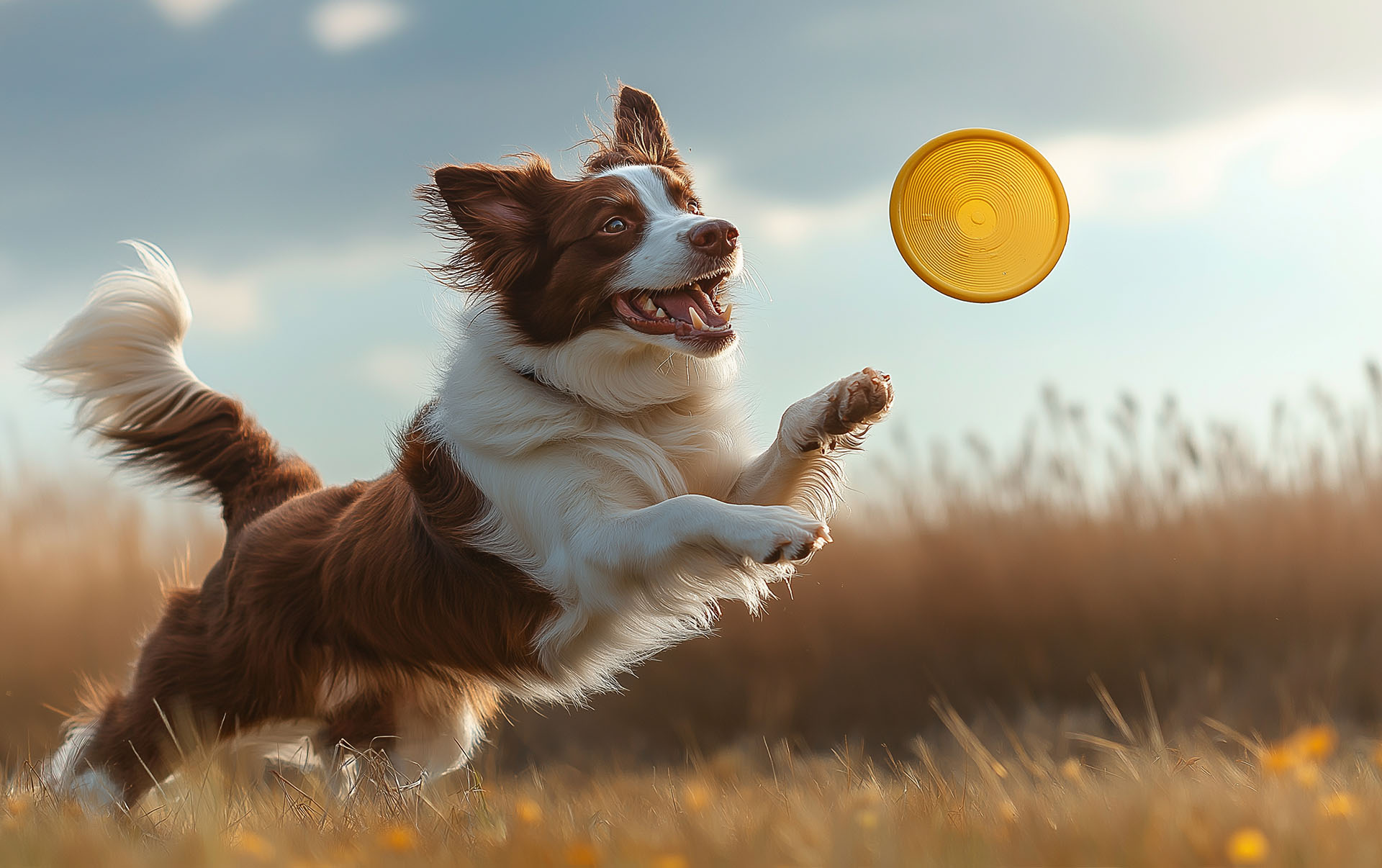The future of pet product brand design is set to reflect a blend of personalization, sustainability, technology integration, and emotional resonance. Here’s an analysis of these key trends:
1. Personalized & Customizable Products
Tailored Experiences: Brands are increasingly offering personalized items based on pet-specific needs. This includes custom foods, personalized accessories, and unique packaging that allows pet owners to feel they’re catering to their pet’s unique identity.
Customization Options: Product customization through packaging, engravings, and colors lets pet owners feel more connected to the brand and create a one-of-a-kind experience for their pets.
2. Sustainable & Eco-Friendly Design
Biodegradable Packaging: With a heightened focus on environmental responsibility, pet brands are moving toward biodegradable, recyclable, or reusable packaging materials.
Eco-Friendly Products: Organic and sustainably sourced ingredients, non-toxic materials, and natural fibers in products like toys and pet beds are rising in popularity. Brands that integrate eco-friendly certifications can enhance trust and appeal to environmentally conscious consumers.
3. Minimalist Aesthetic with Clean Labeling
Simplicity & Clarity: A minimalist design with clear labeling helps consumers easily understand product benefits and ingredients, which is especially important as pet owners become more ingredient-conscious.
Modern Visuals: Streamlined fonts, neutral colors, and simple icons are trending. The aesthetic communicates trustworthiness and quality, aligning with the contemporary design preferences of modern pet owners.
4. Technology-Enabled & Interactive Packaging
Augmented Reality (AR) & QR Codes: QR codes and AR features on packaging offer pet owners interactive experiences, such as virtual demonstrations, pet care tips, or product tutorials. This engagement builds brand loyalty and adds value beyond the product itself.
Smart Packaging: Some brands are beginning to explore smart packaging that can connect to apps, enabling features like reorder reminders or tracking pet health data.
5. Humanized Branding for Emotional Connection
Emotional Storytelling: Modern pet product brands are incorporating heartfelt narratives and stories that resonate with pet owners' emotions, emphasizing the pet as part of the family.
Mascots & Characters: Friendly brand mascots or characters that reflect the personality of pets are often used to create a lovable brand identity that consumers feel a bond with.
6. Health-First & Functional Design
Transparent Product Benefits: Packaging design that clearly communicates health benefits or ingredients (e.g., grain-free, high-protein, hypoallergenic) helps reassure pet owners about the quality of the product.
Veterinary Endorsements: Including endorsements or seals of approval from veterinarians adds credibility, as health and safety are top concerns for pet owners.
7. Influence of Color Psychology
Mood-Evoking Colors: Soft, calming colors like green, blue, and pastel shades, which evoke feelings of trust, health, and comfort, are trending. Vibrant colors for toys and accessories that appeal to pets' and owners’ senses are also gaining traction.
Natural Tones for Sustainability: Earthy tones like beige, brown, and green are often associated with eco-friendliness and align with brands’ environmental messaging.
8. Social Responsibility & Cause-Driven Branding
Giving Back: Brands supporting pet rescue or other pet-related causes can include this message on packaging, which appeals to consumers looking to make a positive impact through their purchases.
Community Involvement: Involvement in animal welfare initiatives, events, and shelters adds an extra dimension to the brand, creating a sense of community and purpose.
9. Streamlined, Digital-Friendly Packaging
Optimized for E-commerce: With the rise of online shopping, pet product packaging is being optimized for clear display in digital formats. This includes easy-to-read labels, compact designs, and appealing visuals that attract consumers on e-commerce platforms.
Unboxing Experience: Since pet owners often share products online, packaging that’s designed to enhance the unboxing experience can become a powerful tool for social media marketing, increasing brand visibility.
Conclusion
Pet product brand design is evolving towards a more consumer-centered, interactive, and environmentally responsible approach. The trend towards minimalism, sustainability, and technology is balanced by emotional resonance and brand authenticity. By focusing on health, transparency, and cause-driven initiatives, brands can enhance trust and loyalty, positioning themselves for success in the growing pet product market.






